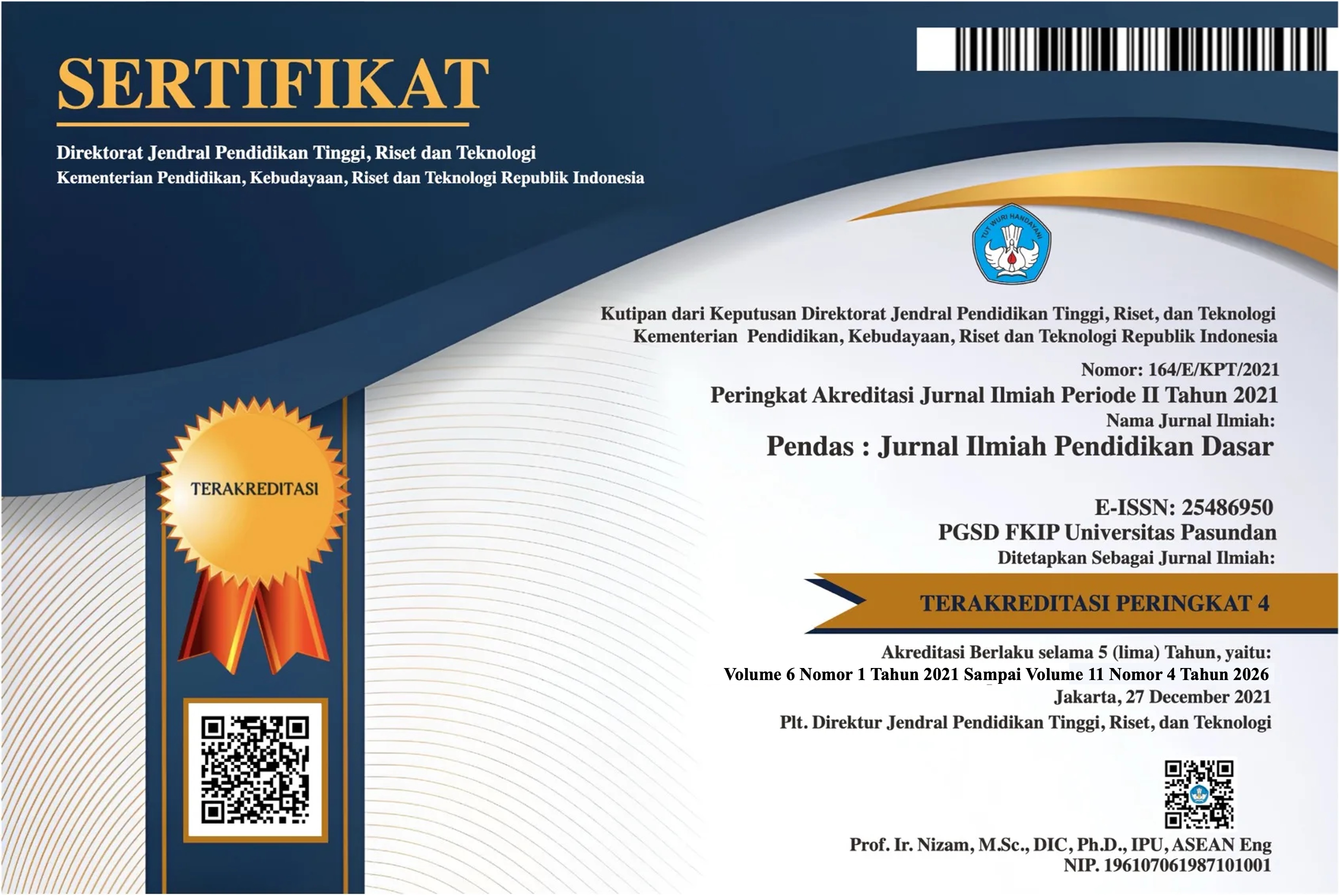IMPLEMENTASI ALGORITMA TRANSPOSISI RAIL FENCE CIPHER UNTUK PENGAMANAN VIRTUAL ACCOUNT
DOI:
https://doi.org/10.23969/jp.v9i04.18129Keywords:
virtual, account, transposisi-rail-fenceAbstract
The rapid advancement of information technology has made information a fundamental need for everyone. With the progression of technology, the security of data and information exchanged is increasingly important. To manage virtual accounts, especially regarding security, a password is essential. Passwords are required for transactions, accessing account information, or making changes to virtual account settings. The security procedures for virtual account passwords can vary depending on the service provider or financial institution managing the virtual account. This research aims to investigate the use of one cryptographic algorithm, Rail Fence transposition, in securing supplier data. The study employs an experimental approach using supplier data to simulate the application of Rail Fence transposition. This research contributes to the application of encryption to protect supplier databases. Overall, the results indicate that the Rail Fence method can be effectively implemented to enhance the security of supplier data within a company.
Downloads
References
Aksenta. (2023). LITERASI DIGITAL: Pengetahuan & Transformasi Terkini Teknologi Digital Era Industri 4.0 dan Sociaty 5.0. In PT. Sonpedia Publishing Indonesia.
Dinata, S. J. (2020). Implementasi Algoritma Penyandian Transposisi Rail Fence Pada Data Rekam Medis. Jurnal Informasi Dan Teknologi Ilmiah (INTI), 7(3), 305–309.
Fadlan, M. (2023). PENGAMANAN BASIS DATA DENGAN ALGORITMA TRANSPOSISI RAIL FENCE. Jurnal Sistem Informasi Dan Sistem Komputer, 8(2), 66–72.
Junaedi, D. I. (2018). Peluang Keamanan Password dalam Transaksi Perbankan. Jurnal Ilmu-Ilmu Informatika Dan Manajemen STMIK, 12(1), 25–33.
Komalasari, R. (2020). Kesadaran akan Keamanan Penggunaan Username dan Password. TEMATIK - Jurnal Teknologi Informasi Dan Komunikas, 3(1).
Muwaffaq, F. A., & Akhmadi, M. H. (2022). PELAKSANAAN RESTRUKTURISASI DAN PENDEBITAN REKENING PENGELUARAN KAS NEGARA PADA KANTOR PELAYANAN PERBENDAHARAAN NEGARA KEDIRI. Jurnal Info Artha, 6(1), 95–112.
Ngamal, Y. (2021). PENERAPAN MODEL MANAJEMEN RISIKO TEKNOLOGI DIGITAL BERKACA PADA CETAK BIRU TRANSFORMASI DIGITAL PERBANKAN INDONESIA. Jurnal Manajemen Risiko, 3(1), 59–74.
Nurhaeni, T. (2016). RANCANGAN VIRTUAL ACCOUNT SEBAGAI MEDIA PEMBAYARAN. ICIT, 2(2), 221–237.
Roberto. (2020). Lebih Mengenal Digital Banking Manfaat, Peluang, dan Tantangan.
Shofyan. (2024). Perancangan Dasbor yang Secure Scalable dan Reusable dengan Microservices Case Study. Junal Teknologi, 4(1), 285–304.
Downloads
Published
Issue
Section
License
Copyright (c) 2024 Pendas : Jurnal Ilmiah Pendidikan Dasar

This work is licensed under a Creative Commons Attribution 4.0 International License.



















